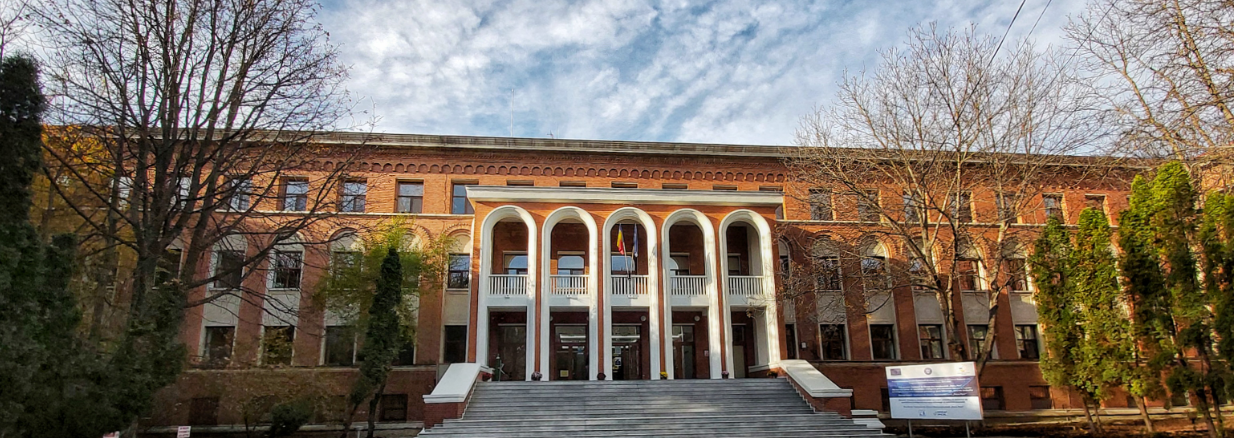Main purpose
Integrated research solution - synthesis of functional polymers, fabrication of complex (multi)functional polymeric materials and their testing in specific environmental and medicine applications - both by capitalizing on the knowledge and skills of the team members in the field of ionic polymer synthesis and functionalization of synthetic/natural polymers, obtaining complex multi-component systems with applications in different fields as well as by approaching a new field for the research group, that of zwitterions.
The need to develop new materials with antimicrobial properties, able to limit or break microbial development, has been of major interest lately. Zwitterionic polymers have both positive and negative charges in their structure, which makes them extremely hydrophilic, with intrinsic properties to protect surfaces against deposits (antifouling). Thus, these materials have potential application in the biological and medical fields, such as for coatings for biomedical implants or sensors that come into contact with the blood and in the transport of drugs in the body. Due to their excellent antifouling properties, zwitterionic polymers can avoid rapid recognition by the immune system and can increase the time of use of those materials. In addition, the presence of quaternary ammonium groups in the structure of zwitterionic polymeric materials is expected to give them antimicrobial properties. Thus, linear, cross-linked or grafted zwiterionic materials, designed to possess adequate antimicrobial properties, can represent a solution for solving topical problems, of major interest for the scientific community and with high applicative potential.
The materials used for the decontamination of the environment are the second important direction of application of the materials synthesized in this project. Finding efficient and economical methods for removing metal ions and organic pollutants from surface water or wastewater is a priority worldwide. Ion exchangers with ionic structure (zwitterions) and composite materials with multiple functional groups are suitable materials for removing various contaminants, effective in both alkaline and acidic media, with selectivity for certain priority pollutants. Therefore, the obtained materials, which combine rapid sorption with the possibility of immobilizing large amounts of pollutants, are of extraordinary practical interest, especially in water treatment. Controlling the chemical composition of nanoscale surfaces and creating specific functional groups on solid surfaces for subsequent molecular interactions is essential not only in water purification but also in sensor design, controlled drug release, photocatalysis, chromatography, etc.
The general objectives
The development of new (zwitter)ionic macromolecular structures, using efficient, economical fabrication procedures, and thus creating complex (composite) materials that can be used in environmental protection (sorbents with specific activity and/or selectivity, reusable) and medicine (biomedical devices, which can act as specialized antimicrobial and/or drug-carrier systems). Elucidate the role of the initial components (monomers, cross-linking agents, etc.) and the influence of various synthesis parameters on the structure and morphology of the new materials, leading to the development of new materials/specialized systems with (zwitter)ionic structure. |








